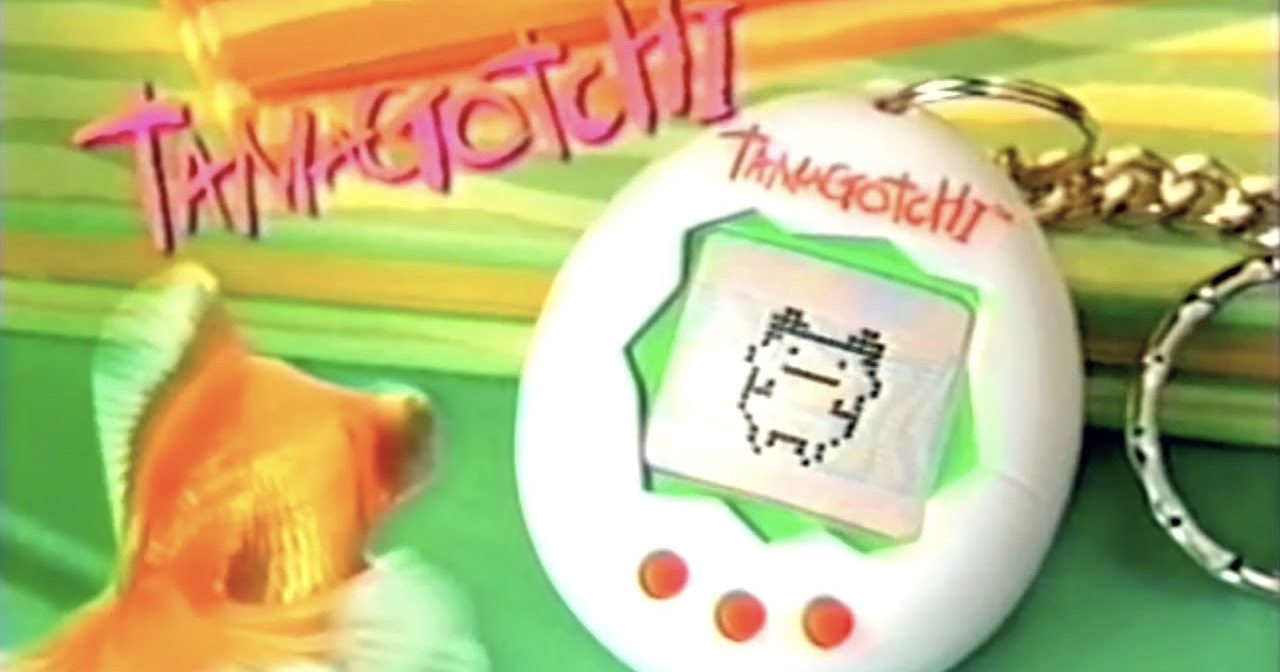Tamagotchis were more than a 90s craze – they were a way of life. Their personalities, games and cuteness kept us hooked even through the school day. And if you failed to attend to your digital critter’s every need, you risked the heartbreak of its demise.
Today, an original 1997 Tamagotchi can fetch as much as $600 in online auctions. Some Tamagotchis, however, are more valuable than others, especially rare foreign editions and those in non-standard colors.
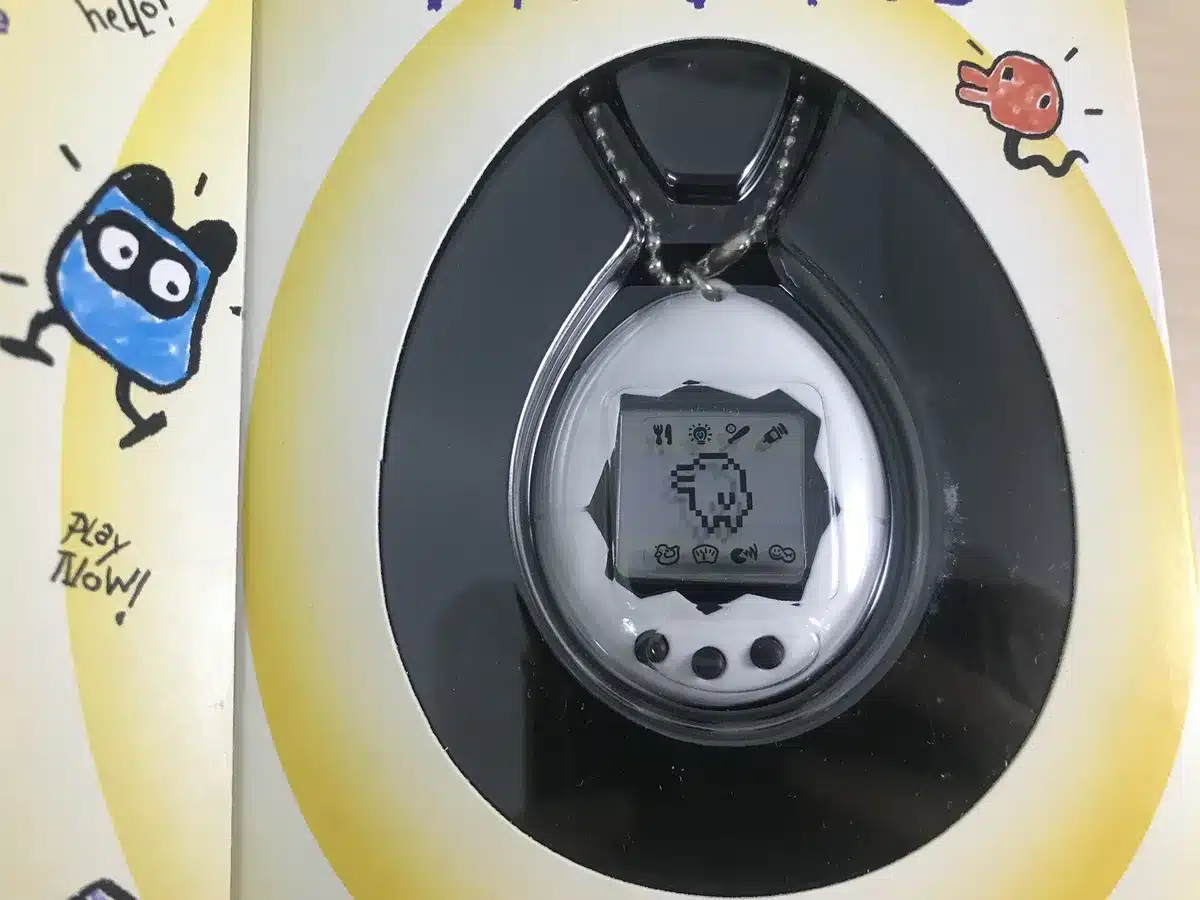
Maita Aki, the co-creator and “mother” of the Tamagotchi, started as a humble office worker in Tokyo. In 1990, she joined the marketing department for the toymaker Bandai. Aki was in her late 20s and had no children of her own. She hoped to work more closely with children in developing new products, but instead she spent two years tracking and logging sales data.
However, Aki saw this humdrum day job as an opportunity. “It was good training and it’s where I developed an instinct for what will sell and what won’t,” she later reflected.
In 1995, Bandai was approached by a toymaker named Akihiro Yokoi, who had dreamt up a piece of wearable technology that showed a digital pet. He first envisioned a wristwatch which would appear to have a little creature living inside it.
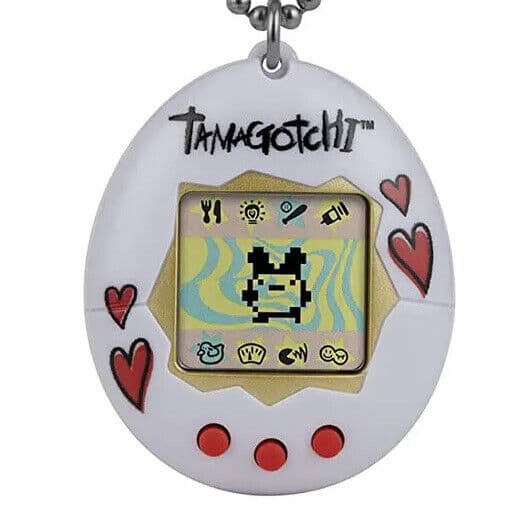
Yokoi believed that a digital pet would appeal to children’s love of all things cute, without the challenges of real-life pet maintenance. “Pets are only cute 20 to 30 percent of the time, and the rest is a lot of trouble, a lot of work,” he told The New York Times in 1997. “I wanted to incorporate this kind of idea into a toy, for pets these days are only considered cute. But I think that you also start to love them when you take care of them.”
With Bandai’s guidance, the wristwatch was instead replaced with a keychain design. However, the product retained its original name: Tamagotchi – a portmanteau of “tamago” (egg) and “uotchi” (watch).
At Bandai, Maita Aki joined Yokoi’s development team. Both creators have claimed they first had the idea for a digital pet after watching a commercial about a boy who cannot take his pet turtle out on a trip.
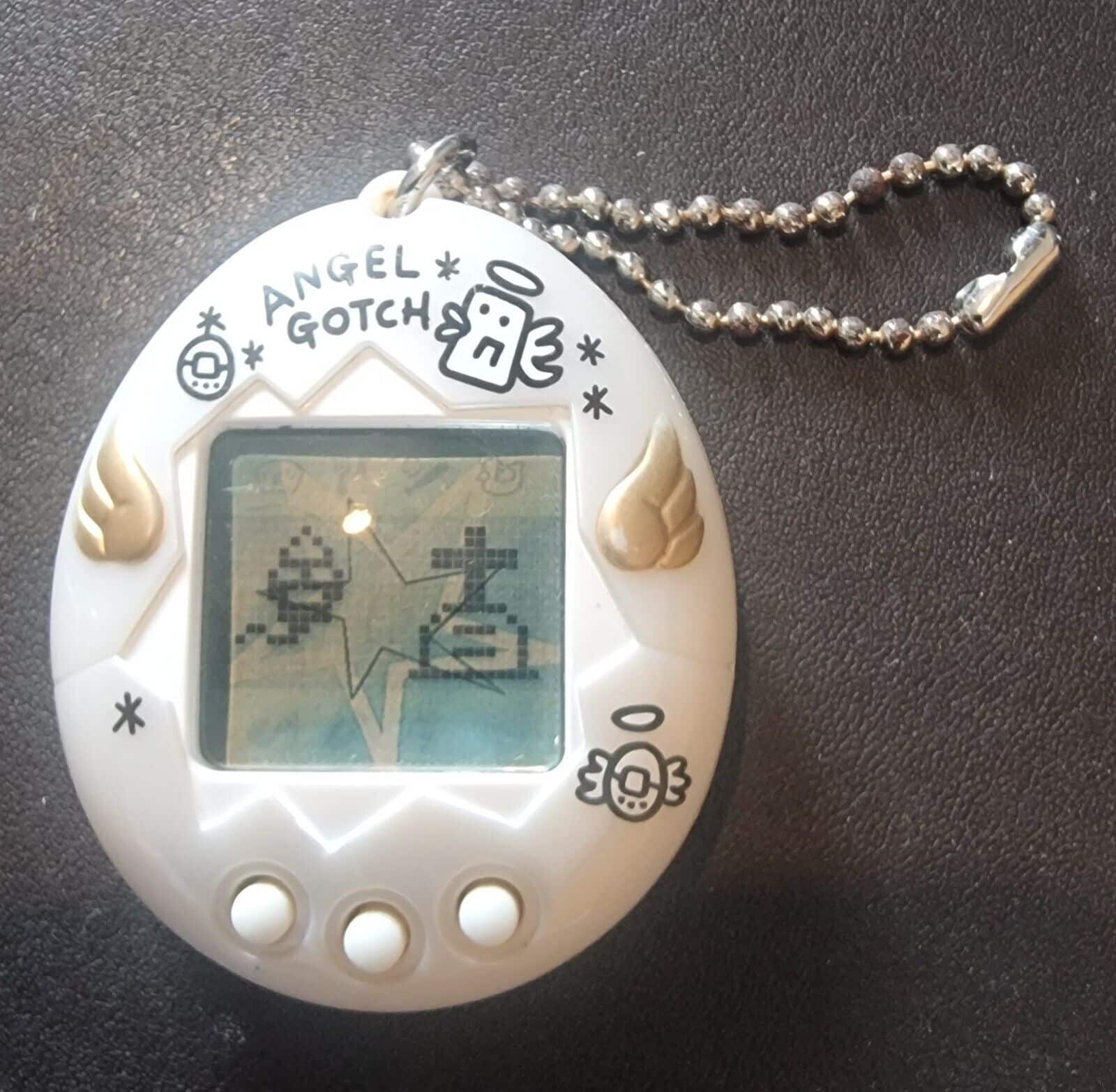
“No, it wasn’t my accomplishment alone,” Maita would later tell the press, without mentioning Yokoi. “I only came up with the idea, developed the concept and took charge of the marketing program. It also took a technician and public relations person to make it into a product.” It was Maita who would ultimately become the face of the brand, whereas Yokoi didn’t receive public credit until 1997.
Tamagotchis were designed to grab attention and teach children how to take care of a creature. Players had to feed their Tamagotchis, clean their rooms and discipline them, to avoid wild behaviour or even death – a frequent occurrence if the toy was left unattended for five or six hours.
The original Japanese Tamagotchi would show a gravestone if it died from neglect, while the American version showed the deceased pet sprouting wings to “return to its home planet”.
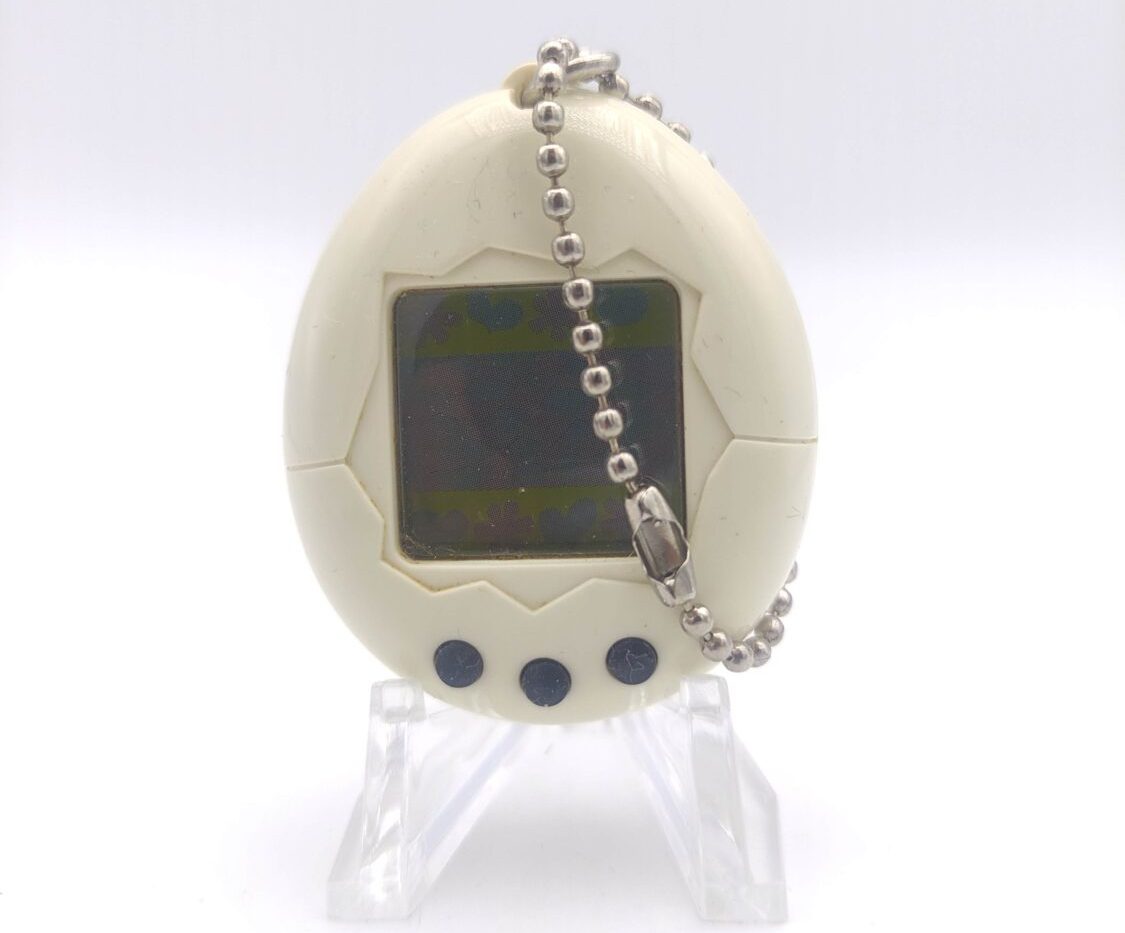
In October 1996, Maita took the latest Tamagotchi prototypes out to the public in the Shibuya district of Tokyo. When she handed out over 200 of the toys to teenage girls, she has recalled, “their eyes instantly lit up”. She used their feedback to settle on the Tamagotchi’s final colour and packaging.
The new toys went on sale in Japan on November 23, 1996, and they reached the US market in 1997. They were a smash success, selling almost 40 million units worldwide within two years.
Although Maita was the public face of the Tamagotchi brand, she never received a bonus or promotion for her contributions. At home, she and her husband never made a celebration of her success either. “We don’t talk about it at home,” she stated in one interview. “He just said ‘gambatte’ [keep it up].”
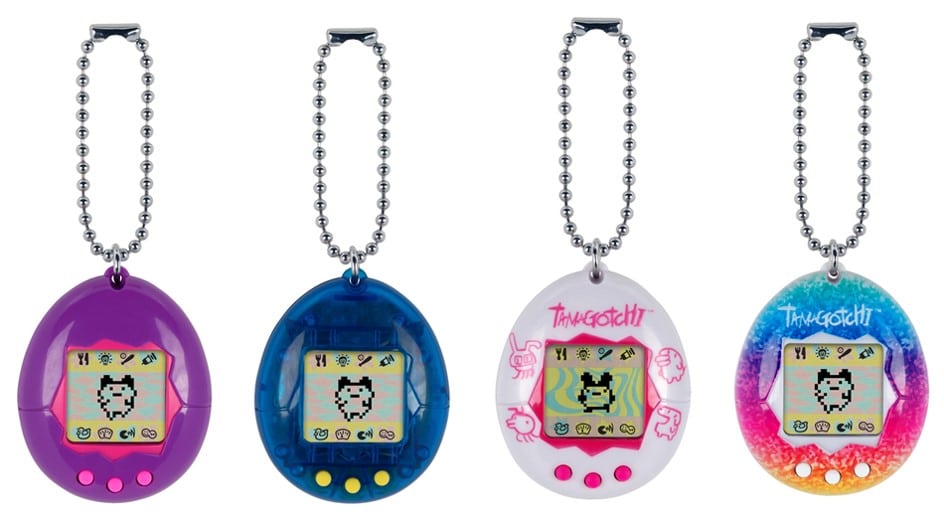
Despite this understated reaction, Maita was pleased to see how her toy had flourished. “It is dependent on you — that’s one reason it became so popular,” she mused. “I think it’s very important for humans to find joy caring for something.”
Once Yokoi became known in public as the “father” of the Tamagotchi, the pair started to receive worldwide attention.
Among their fans were the judges of the Ig Nobel Prize. These awards are granted each year for trivial or funny inventions or discoveries. The organisation says it aims to “honor achievements that first make people laugh, and then make them think”.
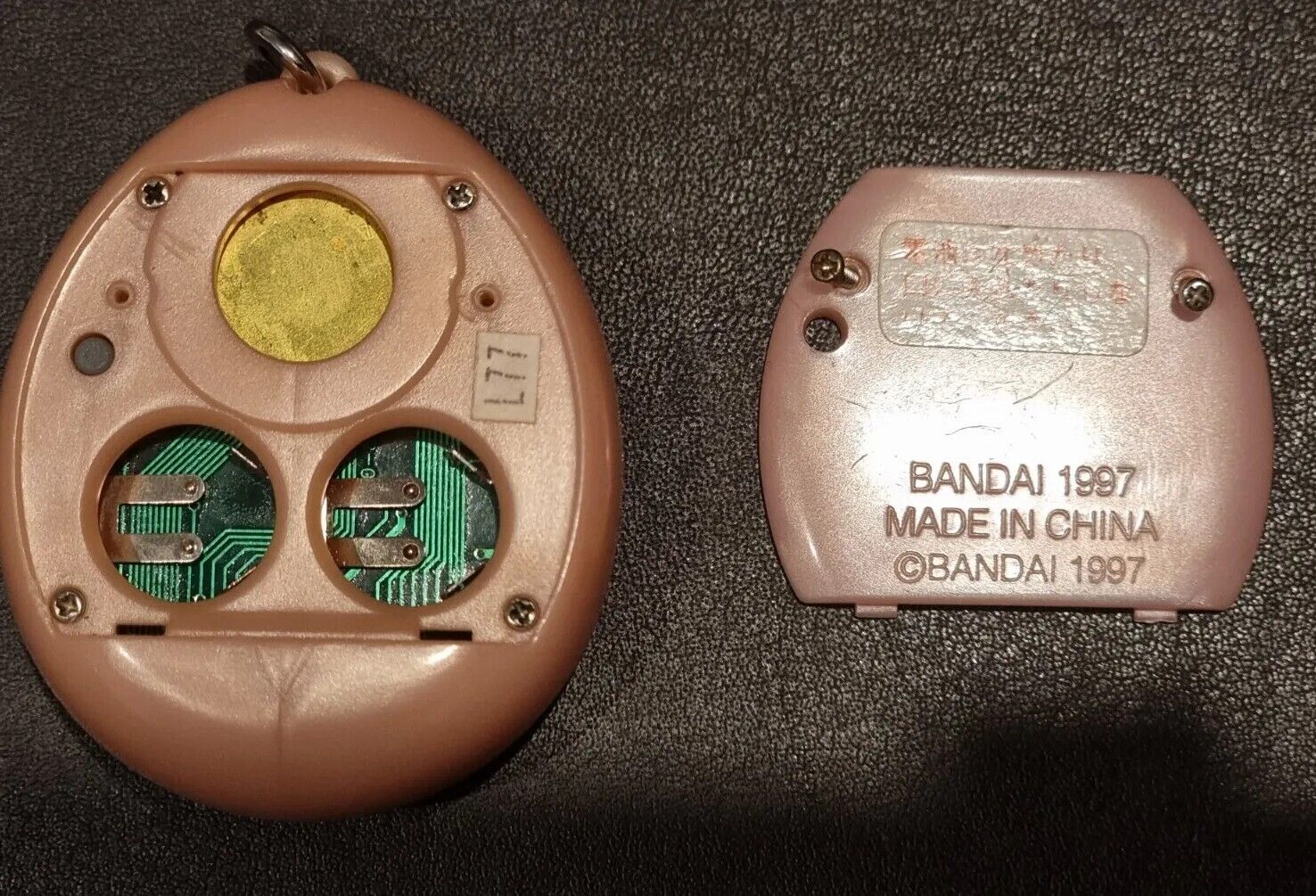
In 1997, Maita and Yokoi were granted the Ig Nobel Economics Prize for “diverting millions of person-hours of work into the husbandry of virtual pets.”
But despite their popularity, Tamagotchis also caused some grief among children – as well as their teachers.
A 1997 article reported that one nine-year-old boy “cried hysterically and went crazy” when his Tamagotchi died, while a nine-year-old girl became “extremely sad and depressed” when her digital pet passed away.

The toy creates a real sense of loss and a mourning process,” said psychologist Andrew Cohen. “Kids want to nurture and take care of pets – it gives them a feeling of empowerment and self-importance – but here the consequences are too high. It’s out of control.”
Teachers, meanwhile, complained that children were bringing their Tamagotchis into school and checking on them incessantly, leading some schools to ban the toys outright.
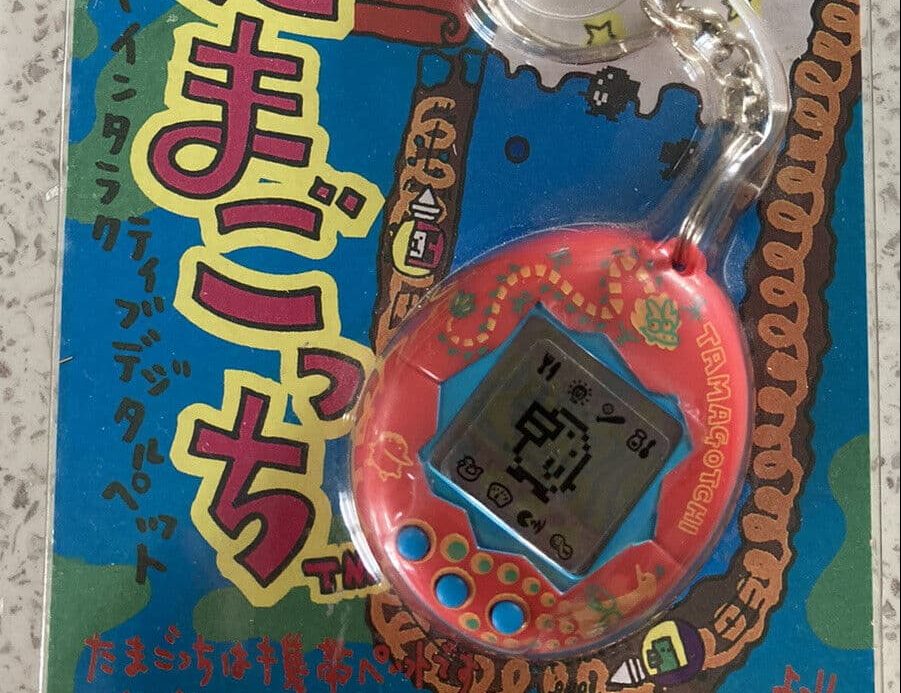
Nevertheless, thanks to the Tamagotchi’s spectacular popularity, Bandai and WiZ soon launched Digimon, another pet series that was oriented towards a male market rather than a female one. Tamagotchi, meanwhile, has seen over 30 different iterations worldwide over the past few decades.
Original, sealed Tamagotchis that date to 1996 or 1997 can fetch anywhere in the range of $75 to over $600 on today’s market, depending on their country of origin, colour and edition.
One special edition Tamagotchi, decorated with a Chinese dragon, sold for around $626 in August 2023. “This is a very rare hard to come by Tama – I have had it for over 20 years but ready to part with it for it to go to a new home,” the seller wrote.

